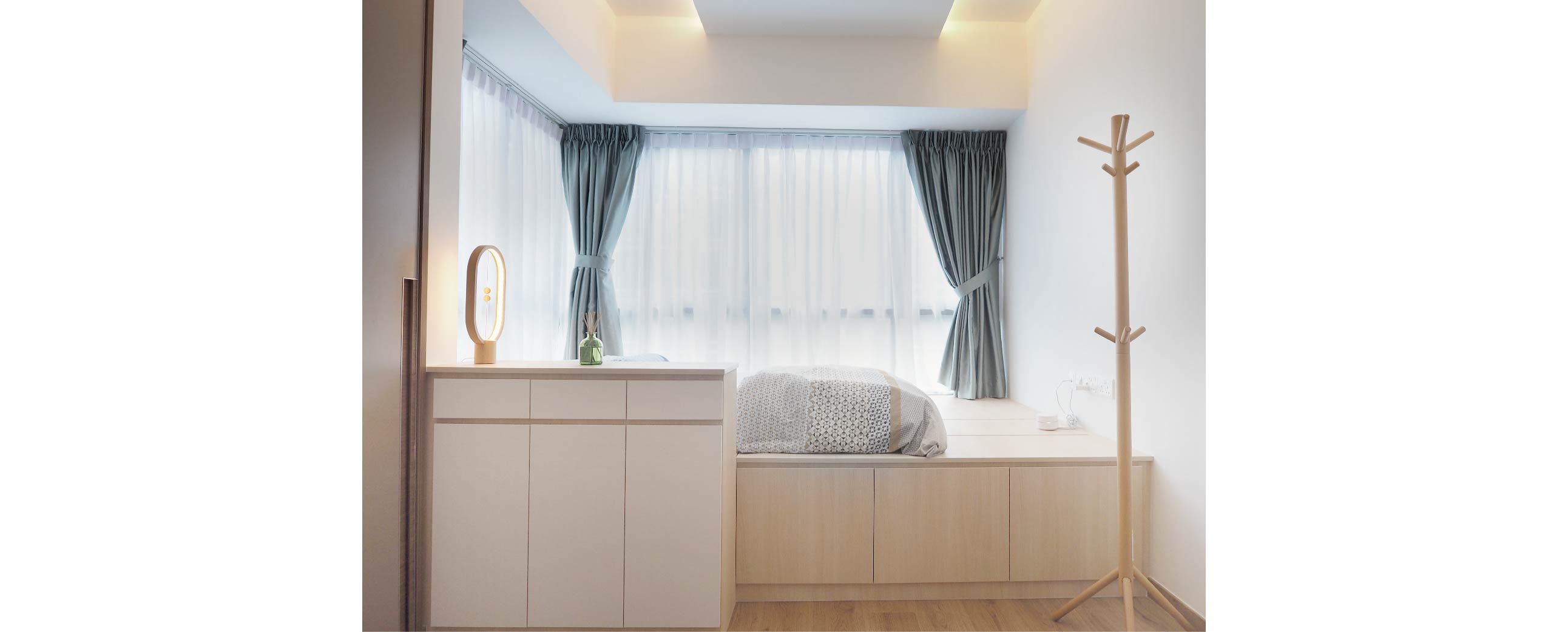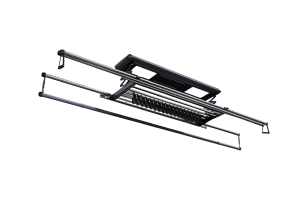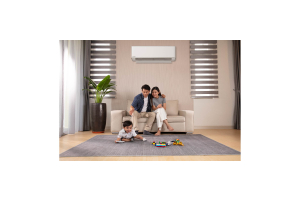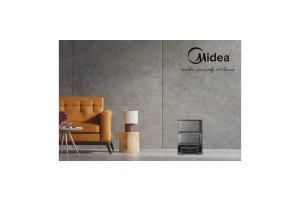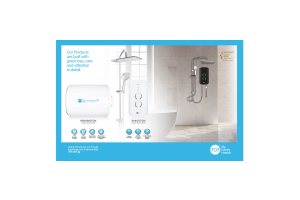Amplify your space
Visual tricks and expert tips to give a small home a bigger, more open appearance and feel.
As apartments get smaller, maximising every square metre of space that you have becomes all the more important, especially if your home was never big enough to start with.
Thankfully, there are many clever ways to make a small apartment look and feel bigger, with lighting, accessories, paint, storage solutions, and smart furniture placement.
We asked Rachel Eng, Design Lead from interior design firm, The Minimalist Society, to share her best advice for making your space feel bigger.
Choose furniture wisely
“When seeking to amplify the perceived spaciousness of a small area, you can strategically choose which type of furniture to buy and how to place the furniture,” says Rachel.
“Go with a couple of wellselected, larger furniture pieces rather than numerous small ones. This helps create a more open and uncluttered feel. Remember, less is more, so opt for a restrained approach with a few appropriately scaled large pieces. This involves incorporating multifunctional furniture, such as storageottomans, to maximise utility.”
Be transparent
“Transparent or glass furniture pieces, such as glass coffee tables and dining tables, may also help to create the illusion of more space by allowing light to pass through and maintaining a visual lightness,” Rachel points out.
Try an open layout
If possible, leave empty some spaces to allow for a more open and breathable atmosphere. Rachel says that your furniture shouldn’t obstruct natural pathways.
“In short, it’s about personalising the space within minimalist framework, making intentional choices to enhance both functionality and aesthetics,” she adds.
Make a difference with accessories
If you have curtains or blinds, Rachel recommends hanging them closer to the ceiling and to use floor-length options to create the illusion of taller walls and a more expansive atmosphere. Light and sheer fabrics in window treatments also contribute to an airy feel.
With rugs, choose light colours and simple patterns, extending them just beyond the furniture to visually enlarge the floor space.
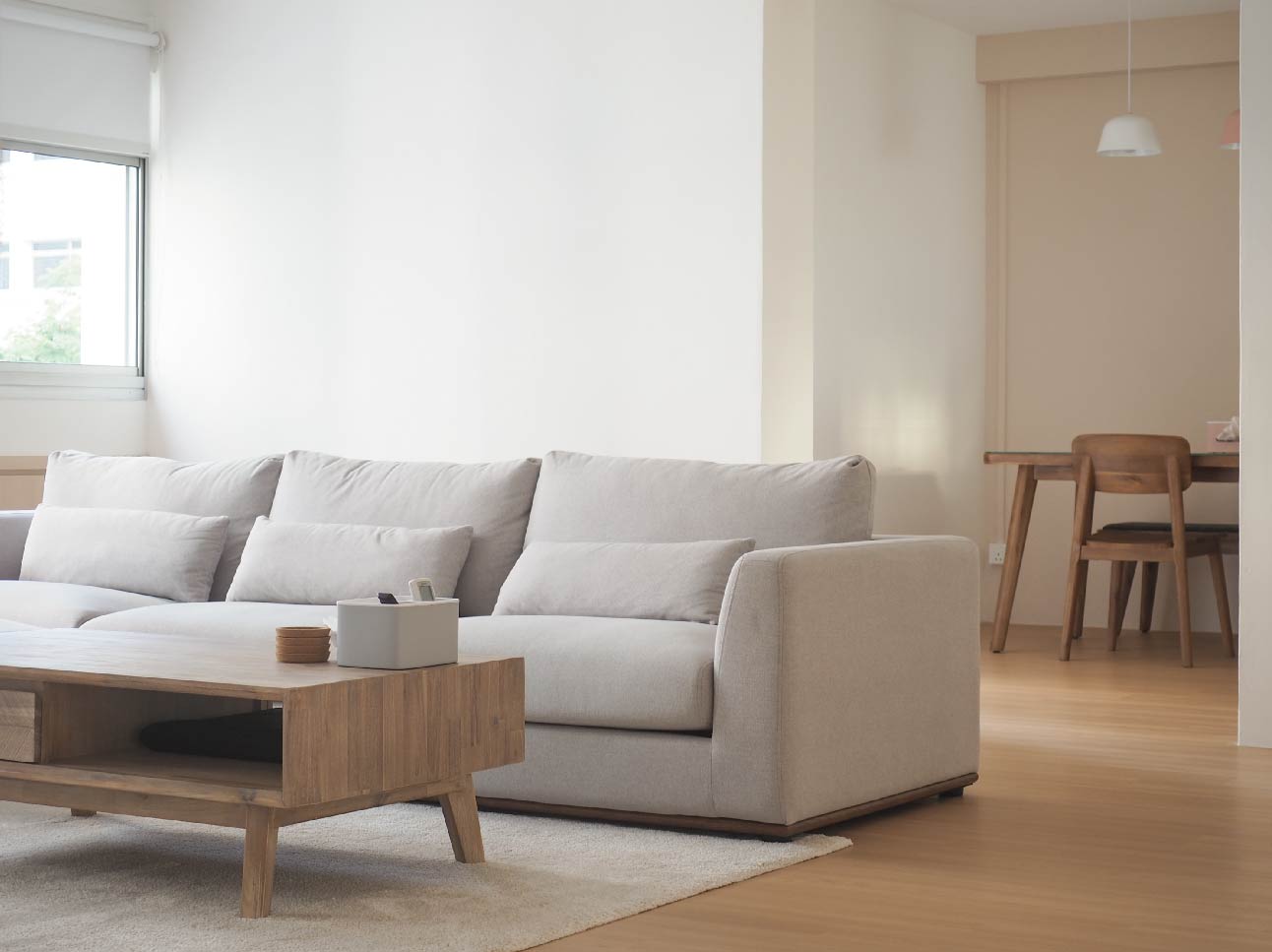



Play with mirrors
According to Rachel, mirrors serve as versatile tools in creating the illusion of a larger space, but their effectiveness depends on thoughtful consideration of placement, size, and shape. For instance, strategically positioning mirrors across from windows or on walls perpendicular to them can maximise natural light reflection and expand the perceived dimensions of a room. Large mirrors, especially in smaller spaces, can help brighten and visually enlarge the area.
Tall order
Love tall bookshelves or highbacked chairs? Rachel says that these can work in a small home, but with some thought. For example, tall and slim bookshelves help maximise vertical space without overwhelming the room horizontally like wide ones do. Similarly, high-backed chairs can be incorporated if they have a visually lightweight design, ensuring they don’t dominate the space. You’ll want to balance these taller pieces with lower-profile items to avoid a cramped feel.
“A mix of heights can add visual interest and create depth,” Rachel adds.
Lighting matters
Proper lighting is crucial. Rachel says that insufficient lighting or relying solely on harsh overhead lights can diminish the sense of openness. Likewise, opting for dark colours on walls and large furniture pieces can absorb light, contributing to a perception of an even smaller space.
Be colour smart
Rachel advises using light, natural colours like white, beige and light grey, for walls and larger surfaces. These hues reflect light, creating an open and airy atmosphere. Light-coloured upholstery on furniture can also reflect light.
“Ensure a seamless visual flow by maintaining colour continuity between walls, furniture, and accessories, and maximise natural light to enhance the impact of the chosen colour palette,” she adds.

